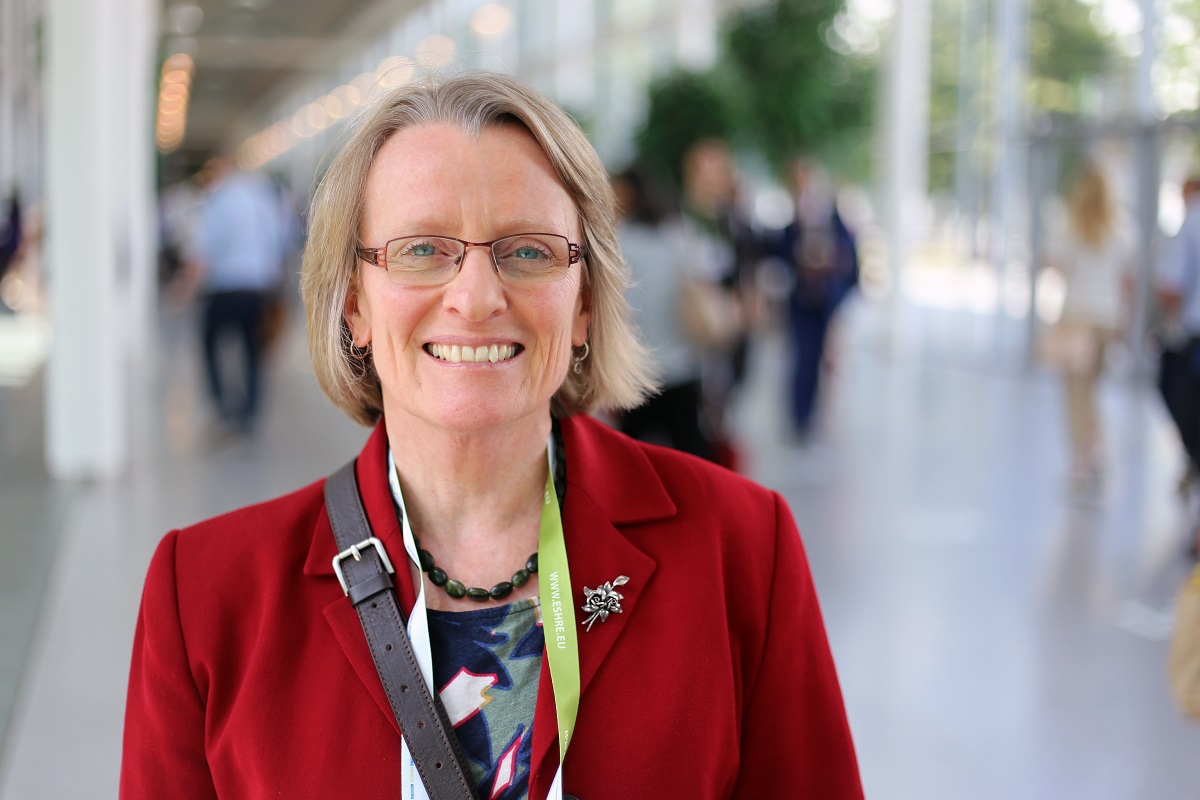
After recently attending the topping out of the new Health and Medical Research Building, Professor Claire Roberts spoke with us about her important pregnancy research, and explained what she’ll take with her to the new building.
What is your role here at Flinders?
I’m a Matthew Flinders Professor in the College of Medicine and Public Health and hold an NHMRC Investigator Grant. I moved my research group to Flinders in early 2020, and have been Discipline Group Lead in Molecular Biosciences for the past two years, but will soon be stepping aside from that.
Tell us about your work.
I’m a placental biologist and pregnancy researcher and I lead the Pregnancy Health and Beyond Laboratory (PHaB Lab). But why beyond? Every one of us has a health journey from before we are born until the moment we die. The things to which we are exposed while in the womb can profoundly affect our life’s health journey. What your mother and even your grandmother ate, drank, smoked, inhaled and even rubbed on her skin could affect your health. On top of genetic predispositions, the influence of these exposures is said to be epigenetic. Genetics and epigenetics explain why health and disease often run in families.
I’ve spent many years studying the dynamic crosstalk between the mother, the foetus and the placenta, and how the placenta orchestrates the way that the mother adapts to being pregnant – and also, in turn, how its function is affected by the mother. That’s important because the placenta is the baby’s lifeline. We study cellular and molecular effects of exposures in pregnancy and work on biomarkers in health and disease in women.
We know that when the placenta doesn’t develop properly, a number of common pregnancy complications occur, including preeclampsia or high blood pressure, gestational diabetes and pre-term birth. These increase risk of chronic diseases later, such as high blood pressure, diabetes, obesity and high cholesterol – so health in pregnancy foreshadows future health for both mother and child. That’s everybody!
But it’s not all doom and gloom. We’ve developed tools that can identify in early first pregnancy which women are at risk. Many risk factors are modifiable and intervening to reduce their effects can empower families to take control of their health, to ensure they have a good-quality diet, get regular exercise and manage their mental health. These can have life-long benefits.
What do you love most about your role?
I get to work with some brilliant and passionate people with diverse skills and expertise, both in my group and beyond. I feel privileged to spend a lot of my thinking time on important challenges in women’s health and finding solutions.
What are you most proud of?
My research – but I continue to spend a lot of time mentoring younger people at Flinders and in the scientific societies of which I’m a member. We are at an exciting point where working to eliminate discrimination and promote diversity is at the front and centre of the workplace. I enjoy talking strategy for career development but I also love listening. I’ve learned a lot about others but also about myself, so mentoring is very rewarding.
Your research will be located in HMRB – so what are you most looking forward to in the new building?
Having brand new research facilities is a great morale booster, but HMRB will also have excellent space to connect with other researchers, foster new collaborations and welcome the community for research co-design, for research participation and health information.
If you could take one thing from your current office to the new building, what would it be?
My chair! Being about 5 foot nothing high, I find it unusual to get a chair that adjusts to my size perfectly. But seriously, I will be taking my photos of my two daughters and four grandchildren. They give me inspiration every day.


